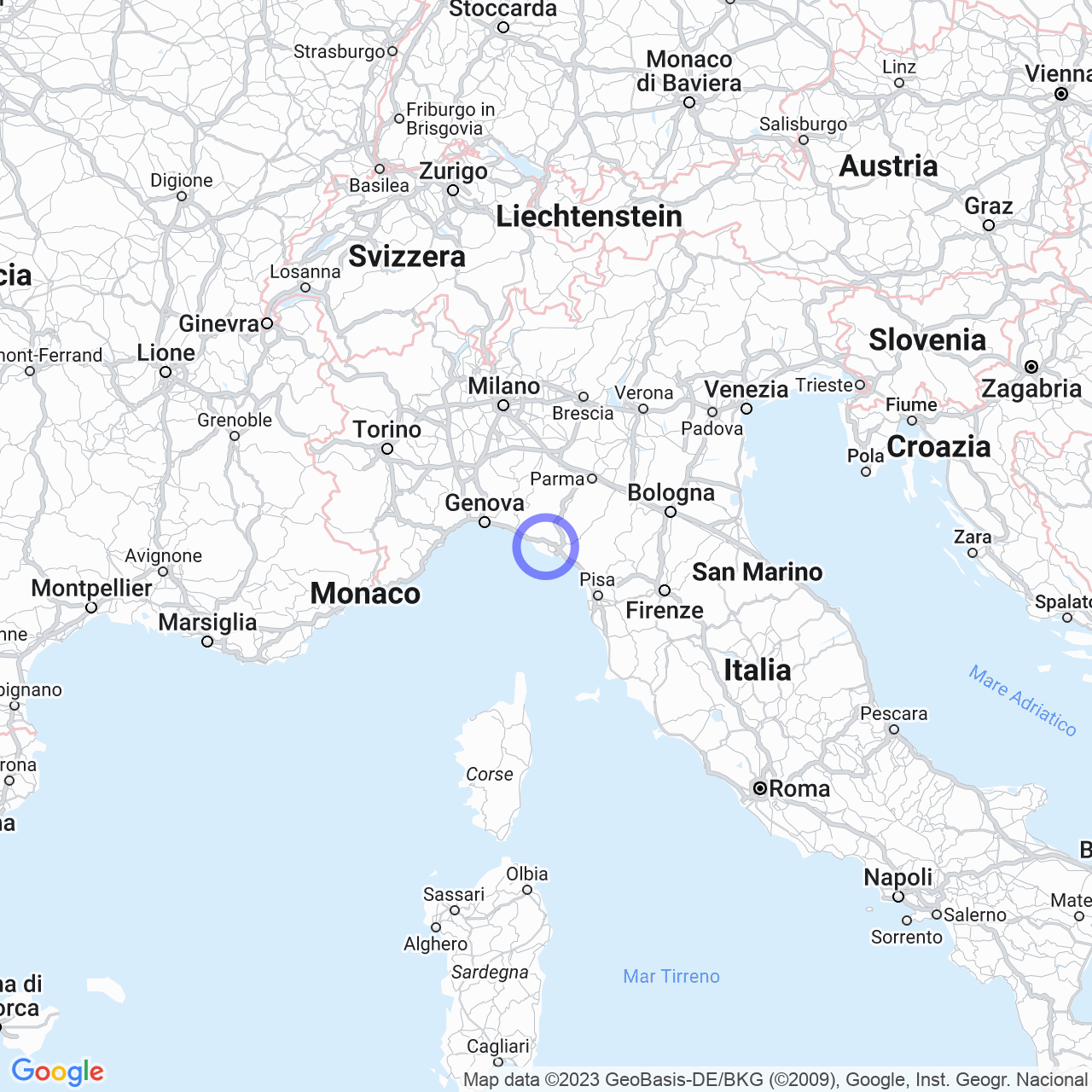Pignone
Welcome to Pignone: a town immersed in the Ligurian nature
Hello everyone! Today we will talk about Pignone, a town of 518 inhabitants located in the province of La Spezia in Liguria. Also known as "Pignon" in Ligurian dialect, this town is characterized by the river valleys of the Pignone stream and its tributary Casale, both tributaries of the Vara river. The territory of Pignone is part of the Montemarcello-Magra-Vara Regional Natural Park, which means that nature is at the heart of the atmosphere of this place. Come with us to discover the history of Pignone!
The history of Pignone, from its origins to the Ligurian lordships
The origin of the village of Pignone could date back to a very ancient era, before the advent of the Roman Empire. On the Castellaro hill, located in front of the current settlement, an archaeological site from the Bronze and Iron Ages was discovered, as well as traces of the ancient Ligurian population. After the year 1000, the presence of the Pieve di Santa Maria Assunta di Pignone, around which small communities gathered, was recorded. In 1163, the territory was subjected to the Malaspina family, then to the Diocese of Luni and finally to the Fieschi, who rebuilt the parish and improved the roads to facilitate connections with the towns of Levanto and Sarzana.
But it was the ambitious Nicolò Fieschi who established his own lordship over the entire La Spezia territory, later defeated by Genoa in 1276, which acquired the fief of Pignone and followed its fortunes as the seat of Podestà within the Levanto Captains. In February 1312, the village even hosted the Emperor Henry VII of Luxembourg, accompanied by Cardinal Luca Fieschi and escorted by almost 1500 soldiers, who visited the Marian house of worship during his stopover.

The rebirth of the village of Pignone in the 16th century
During the 16th century, the medieval village of Pignone underwent an evolutionary phase of architecture and urban planning with the construction of new noble palaces and the modification of access to the historic village with the opening of three new controlled and defended passages. From this period come important works of art that adorn the church of Santa Maria Assunta, such as the altarpiece depicting the Assumption and various paintings on the walls.
What to visit in Pignone and surroundings
Pignone is a place to visit if you want to spend a few days in peace, immersed in the Ligurian nature. Rich in naturalistic paths through woods and hills, the town also offers some historical and artistic points of interest, starting from the church of Santa Maria Assunta and Castellaro, an archaeological site that represents the prehistoric origins of the village.
But the beauties of Pignone do not end here. The town is located not far from Levanto, one of the most characteristic towns of the Riviera di Levante, famous for its breathtaking panoramas and tourist activities such as surfing and trekking. Pignone is also the starting point for numerous excursions of varying levels of difficulty, including the Antica Via del Mare trail, which leads to Portovenere passing through Corniglia and Manarola.
Conclusions
In short, Pignone is a place with a unique atmosphere, where nature, history, and landscape beauty come together in a complete travel experience. We hope we have made you better acquainted with this Ligurian town, which could represent an unusual but very interesting destination for your next vacation!
